Victimization: Select Reports from the Bureau of Justice Statistics
The Bureau of Justice Statistics’ (BJS) National Crime Victimization Survey (NCVS) is an annual data collection designed to gather information about nonfatal personal crimes and household property crimes in the United States. The main purpose of the NCVS is to accurately measure the number and type of criminal victimizations that occur each year to persons age 12 or older. Victimization rates are most commonly used in NCVS reports to describe changes in the level of personal and household crime over time and the levels of crime experienced by different population subgroups. However, prevalence rates also may be used to describe changes in the level of crime over time and differences between subgroups. This book discusses victimization rates and prevalence rates and the value of each type of indicator for understanding criminal victimization; details the number, percentage, and demographic characteristics of victims who reported one or more incidents of identity theft during a 12-month period; and focuses on the attributes of intimate partner victimization as measured by the type of crime, type of attack, whether the victim was threatened before the attack, weapon use by the offender, victim injury, and medical treatment received for injuries.
{{comment.content}}
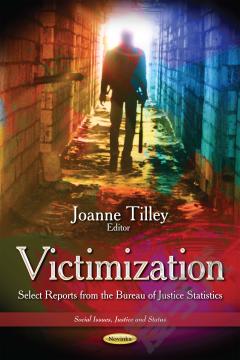
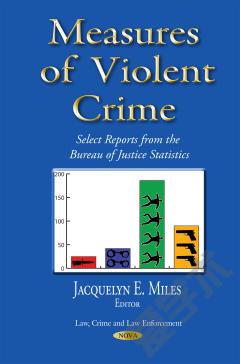
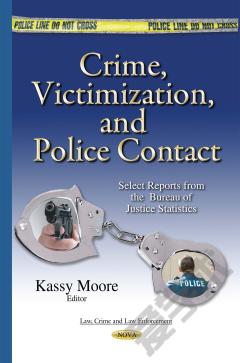
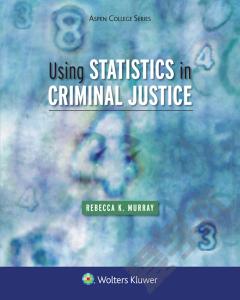
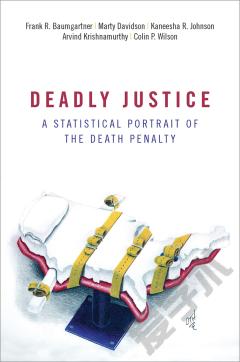
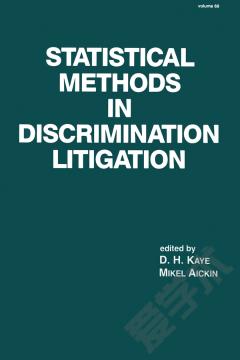


 京公网安备 11010802027623号
京公网安备 11010802027623号